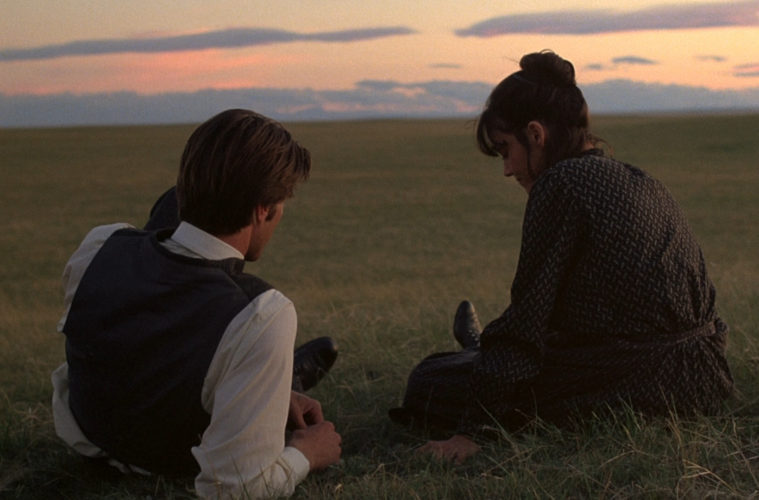
If beauty is in the eye of the beholder, then there will never be a definitive list of the greatest cinematography, but for our money, one of the finest polls has been recently conducted on the matter. Our friend Scout Tafoya polled over 60 critics on Fandor, including some of us here, and the results can be found in a fantastic video essay below. Rather than the various wordless supercuts that crowd Vimeo, Tafoya wrestles with his thoughts on cinematography as we see the beautiful images overlaid from the top 12 choices.
“I’ve been thinking of the world cinematographically since high school,” Scout says. “Sometime around tenth grade I started looking out windows, at crowds of my peers, at the girls I had crushes on, and imagining the best way to film them. Lowlight, mini-DV or 35mm? Curious and washed out like the way Emmanuel Lubezki shot Y Tu Mamá También, or hazy and rich like Peter Pau’s work on Crouching Tiger, Hidden Dragon, whose textures on film had been softened by a shoddy DVD transfer? I was learning that sometimes I’d rather look at a confusing time in an often ugly world through the lens of some of our greatest cinematographers. They seemed capable of turning worldly hideousness and terrible human behavior into the kind of visual prose you wanted to experience over and over again.”
Check out the video below, and if you want to the full list it’s directly below, including personal polls from yours truly and fellow writer Nick Newman. Head over to Fandor for the full ballots, and more.
Top 12
12. The Tree of Life (2011, Emmanuel Lubezki)
11. The Magnificent Ambersons (1942, Stanley Cortez)
10. Apocalypse Now (1979, Vittorio Storaro)
9. The Night of the Hunter (1955, Stanley Cortez)
8. McCabe & Mrs. Miller (1971, Vilmos Zsigmond)
7. The Red Shoes (1948, Jack Cardiff)
6. The Conformist (1970, Vittorio Storaro)
5. Sunrise: A Song of Two Humans (1927, Karl Struss, Charles Rosher)
4. Citizen Kane (1941, Gregg Toland)
3. 2001: A Space Odyssey (1968, Geoffrey Unsworth)
2. Barry Lyndon (1975, John Alcott)
1. Days of Heaven (1978, Néstor Almendros, Haskell Wexler)
Jordan Raup
It’s often said that skilled cinematography is utilized to convey the story it’s telling, and while that’s accurate, the best examples do so by breaking the status quo and evolving the language of filmmaking.
Barry Lyndon (1975, John Alcott)
The Long Goodbye (1973, Vilmos Zsigmond)
Citizen Kane (1941, Gregg Toland)
The Conformist (1970, Vittorio Storaro)
Last Year at Marienbad (1961, Sacha Vierny)
The Life and Death of Colonel Blimp (1943, Georges Périnal)
Lawrence of Arabia (1962, Freddie Young)
L’Avventura (1960, Aldo Scavarda)
In The Mood For Love (2000, Christopher Doyle, Mark Lee Ping Bin)
The Tree of Life (2011, Emmanuel Lubezki)
Nick Newman
For me, ideal cinematography is that which respects the director’s intentions and wishes while enlivening their material with a spirit—either in the lighting of an object or the movement of the camera—that is itself the invention of a second technician.
Out 1 (1971, Pierre-William Glenn)
Public Enemies (2009, Dante Spinotti)
Apocalypse Now (1979, Vittorio Storaro)
Unknown Pleasures (2002, Yu Lik-wai)
Face (2009, Liao Pen-jung)
In Praise of Love (2001, Julien Hirsch, Christophe Pollock)
Late Spring (1949, Yûharu Atsuta)
Stalker (1979, Georgy Rerberg, Alexander Knyazhinsky, Leonid Kalashnikov)
O Sangue (1989, Martin Schafer)
The Last Temptation of Christ (1988, Michael Ballhaus)
What’s your favorite examples of cinematography in a film?

